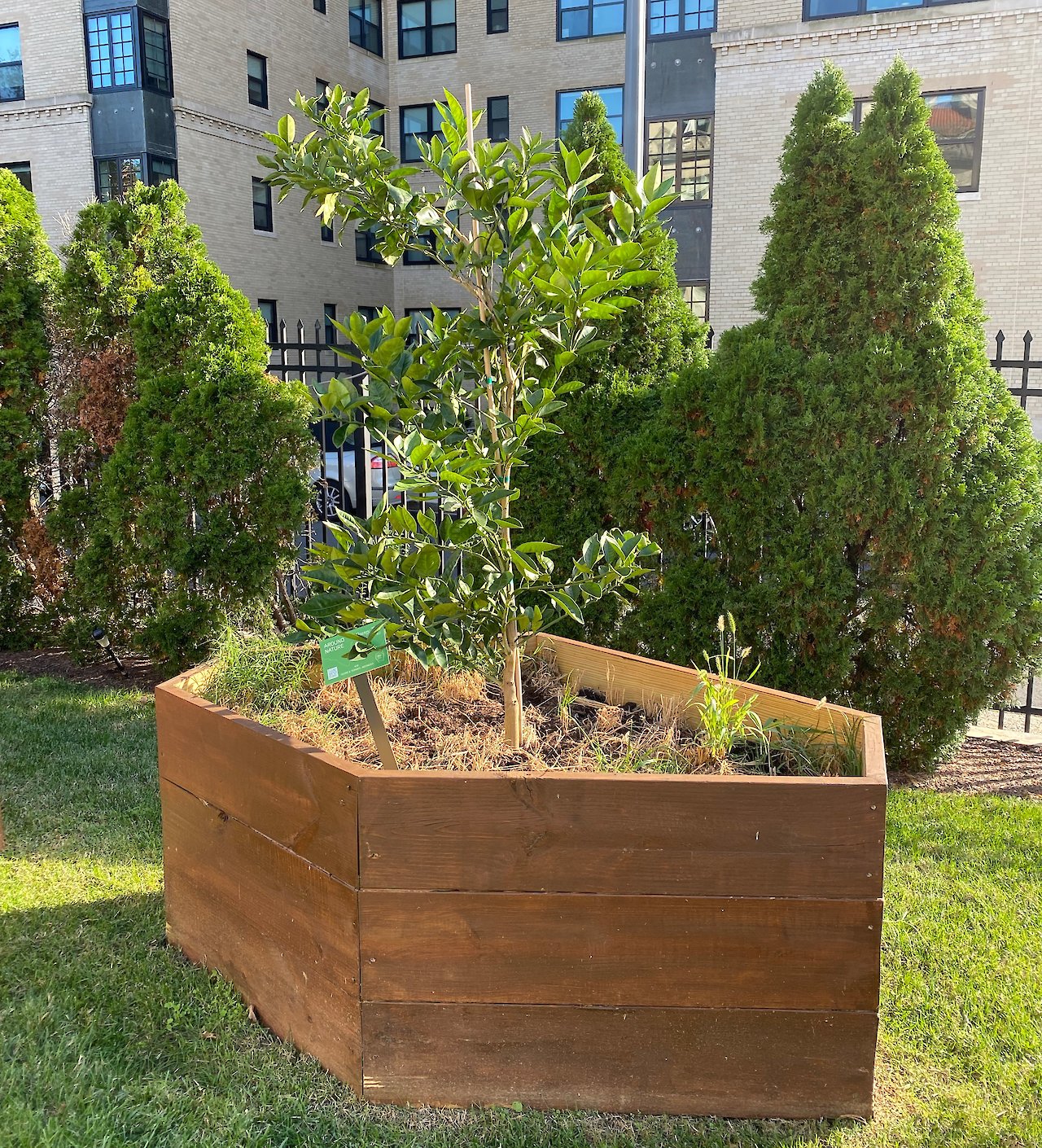Tidore (Indonesia)
Stop 10B
Ecological capital
Legend
The height of the beds is connected with the natural resources produced and used by each of the countries today. The elevation of the beds represents the natural resources value, being the tallest the one with more Ecological Capital. This graphic contrast the percentage of global natural resources the country uses vs the percentage of global natural resources they have.
Native and others
- Native and others (99.5%)
- Western descent (0.5%)
Legend
The color of the beds is connected with the ethnographic diversity of the places they represent today. The colors ranging from natural wood to black reveal the demographic reality divided in this graphic between people from Western descent vs Native & others.
Orange Tree
Citrus
The origin of domesticated sweet orange goes back 7,000 years ago in different parts of Asia. Probably what we know today as a common sweet orange originated from the hybridization of Mandarin and Pomelo Citrus in what is today Southeast China. Different forms of citrus were present also in the Islands of South East Asia at least 2,500 years ago. In the 10th Century the Moors introduced the orange to the Iberian Peninsula, but it won’t make its way to the rest of Europe till the 15th Century.
The first circumnavigation noticed the existence of oranges in several of their stops including Tidore, perhaps realizing then that due to the previous introduction of oranges to the Americas by Columbus expeditions in the 15th Century, the fruit was almost ubiquitous globally. When the expedition reached the island of Tidore. They were greeted by the island’s leader, al-Mansur (known to the officers by the Spanish name Almanzor). Almanzor was a friendly host, and readily claimed loyalty to the king of Spain. A trading post was established in Tidore and the men set about purchasing massive quantities of cloves in exchange for goods such as cloth, knives, and glassware.
Today Brazil is the highest producer of oranges followed by China. Worldwide, 116 million tons of oranges are produced every year and 80% goes for orange juice production. 124 of the worlds 196 countries produce oranges. Indonesia is the second producer in Southeast Asia having 31% of its land used to cultivate oranges.
